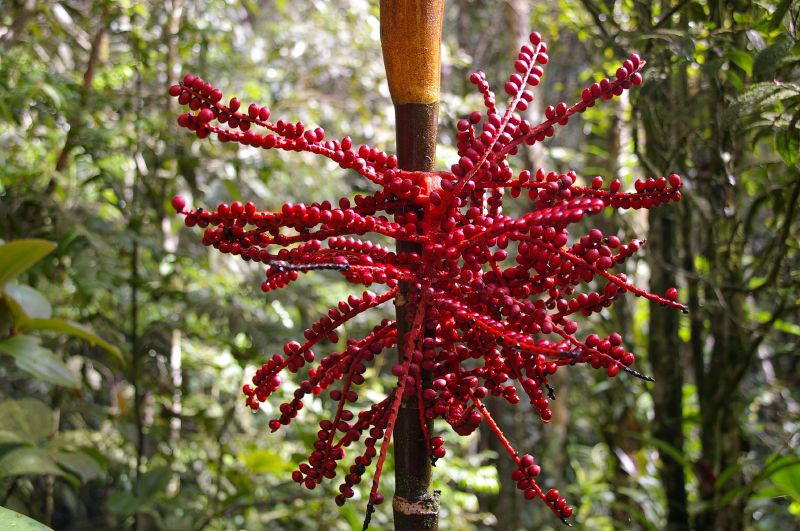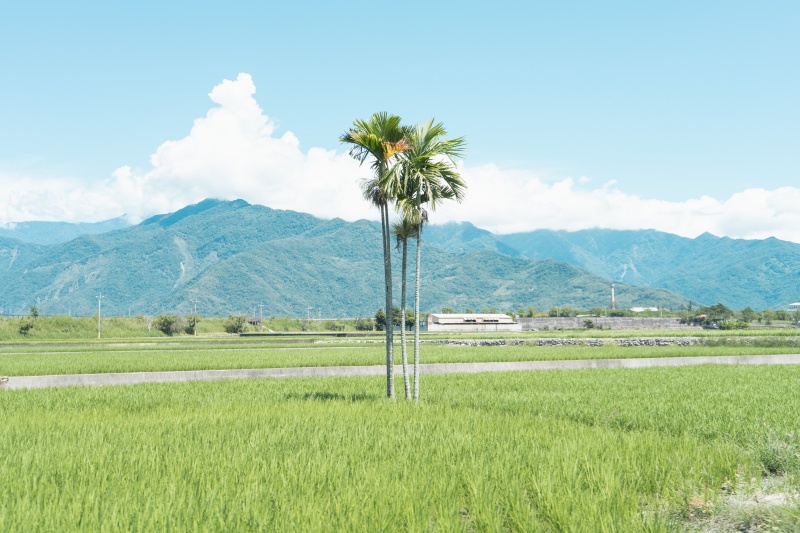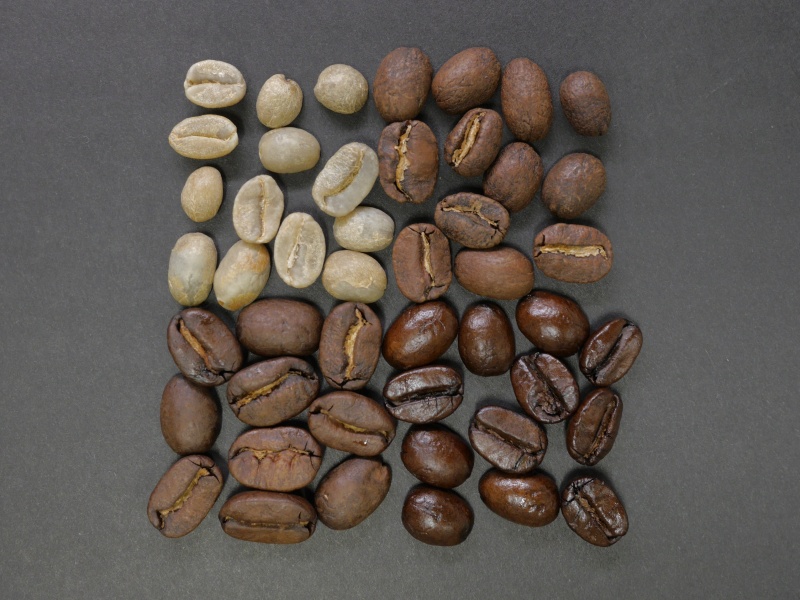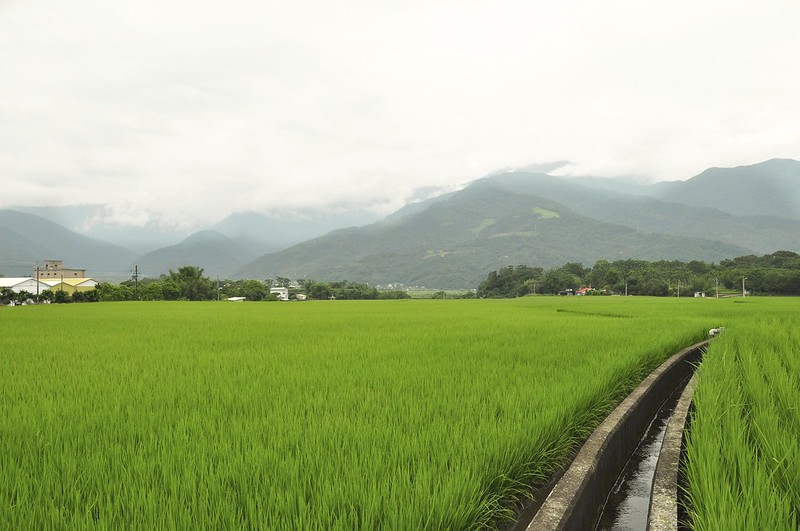Twenty years ago, Nantou’s Guoxing Township was struck twice by disaster. In the immediate aftermath of the catastrophic 921 earthquake, heavy rain caused a landslide on Jiufen’ershan that killed 40 and decimated swathes of local farmland. Looking for a way to help the agriculture-based local economy recover, the county government began planting coffee trees in the area.
Twenty years later, Guoxing’s reputation as a coffee-producing region has soared, with it being the country’s first recognized destination of origin. Not only that. Its story of success is a possible blueprint for how other regions might pivot away from some highly problematic farming practices — and thrive in the process.
Taiwanese Chewing Gum
While 921 was a natural disaster, the Jiufen’ershan landslide was arguably worsened by manmade factors. Specifically, in 1999 Guoxing’s rugged landscape was dominated by betel nut plantations. Once one of Taiwan’s most lucrative cash crops, just one of these waxy emerald pods, which are chewed as a stimulant, was once worth more than a kilogram of eggs. Around the millennium, Taiwan produced about 160,000 tons of betel nuts per year, which were worth about NT$13.6 billion and supported 70,000 farms throughout the country.

The fourth most popular psychoactive drug in the world according to The Sydney Morning Herald, betel nut has been a sore point in Taiwan’s healthcare system for decades. The addictive carcinogen is the leading cause of oral cancers in Taiwan, though use has fallen considerably, from 17.2% of Taiwanese men in 2007 to 7% in 2018 according to one survey. Still despite these changes, Taiwan has been struggling to convince farmers to change crops.
Making the Switch
That’s a serious problem for the environment. Areca palms, on which betel nuts grow, drain the soil of valuable nutrients, and their roots are shallow, increasing the risk of landslides in Taiwan’s interior. Taiwan’s Council of Agriculture set a goal of reducing the amount of land used for betel farming, which twenty years ago covered some 56,000 hectares — an area roughly twice the size of Taipei City.
For a few years, a subsidy scheme has been in place to incentivize betel farmers to switch over to food crops like camellia and citrus. However, farmers have been unwilling to do so in many cases, pointing to the long time it takes for these plants to mature.

The perks of planting coffee could be the solution to this problem. The roots of the coffee plant grow much deeper and retain substantial water, helping to reverse the negative impact of betel farming on Taiwan’s fragile slopes. Meanwhile, the areca palm’s 10-15 meter circumference provides much-needed shade for the new growth, which requires bright, but indirect sunlight.
It’s this strategy of gradually transitioning to the caffeinated crop that has begun winning over some farmers. San Coffee, a Taipei-based cafe that sources 100% of its beans from Taiwanese farms, has suppliers that formerly grew betel plant new coffee crops under the trees, while also sending professional baristas to the area to educate them on proper farming and roasting methods. One of the cafés indigenous-run estates in Nantou has received a ranking of 90/100 when reviewed by independent assessors Coffee Review, a score denoting very good coffee with considerable distinction and interest.
The Case for Taiwanese Coffee
“It’s beyond anything you could imagine,” says San Coffee president Dong Ding-he. Despite its tiny land area, he adds, Taiwan has highly varied local climates and terroirs result in distinctly interesting flavor profiles from township to township. Coffee from Yunlin, for example, has notes of peanut, while higher altitude estates in lofty Chiayi County produce pours with a soothing floral aroma.
Of course, Taiwan may never be able to compete on the level of major coffee-producing regions. Its total output for 2020 was just shy of 970 tons — minuscule compared to the almost 754,000 tons produced by Indonesia in the same year.

Still, there may be room for growth in the specialty coffee market. Though a couple of decades ago coffee connoisseurs in Taiwan would turn their noses up at any home-grown brew, local farmers have made considerable strides in quality. Over the past ten years, more than 60 Taiwanese coffees have been awarded “specialty” status by the internationally renowned Coffee Quality Institute.
What’s more, the fledgling industry has found a small following in Japan. “In Japan, the darker roasted coffee appeals to the older consumers, but millennials who embrace new ideas and variety will go for lighter roasted Taiwanese coffee,” Kyoto-based roaster Atsuomi Itou told the South China Morning Post.
Put simply, light roasting is better for bringing out the subtle acids, fruits, and floral notes of a coffee that might also be lost when beans are roasted for longer. Popular specialty brewing methods like pour-over are best suited to this kind of roast.
Varied Flavor Profiles
That plays to Taiwan’s advantage as the flavor profiles of Taiwanese beans can vary notably across even short distances. Two of San Coffee’s Taitung estates for example are in Taimali and Guanshan, which are about a one-hour drive apart but are affected by notably different environments.
Taimali — which is exposed to the Pacific Ocean, receives more sunlight, and experiences a greater drop in temperatures at night — produces beans with bolder and more robust flavors. Guanshan, on the other hand, is in the sheltered East Rift Valley and so produces a milder crop that must be roasted for longer to bring out its complex flavors.

Still, production costs are a hurdle that Taiwanese coffee will have to overcome due to the much higher living standards in Taiwan than in other bean-producing regions. As noted by the SCMP, a bean picker in Ethiopia can work for about US$1 a day, while Taiwanese pickers are paid thirty times that amount.
But that might be something worth considering. A Fairtrade Taiwan report showed that some 2.5 million coffee bean pickers do not earn enough to eat three meals a day due to unethical business practices in the industry. While it’s important to support international suppliers who pay their workers a living wage, there’s also pleasure in the knowledge that with a homegrown Taiwanese brew, you know that you are supporting both the hands that grew it and the land it came from.
Cover photo: Rodrigo Flores











